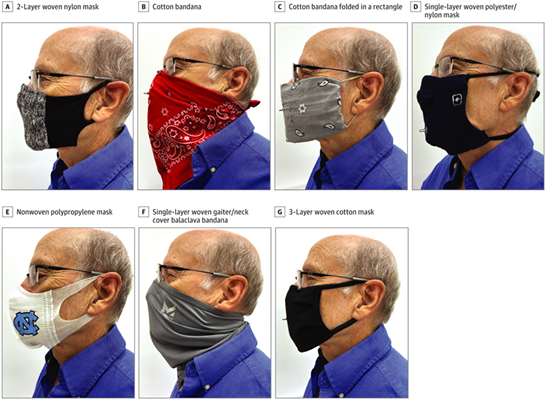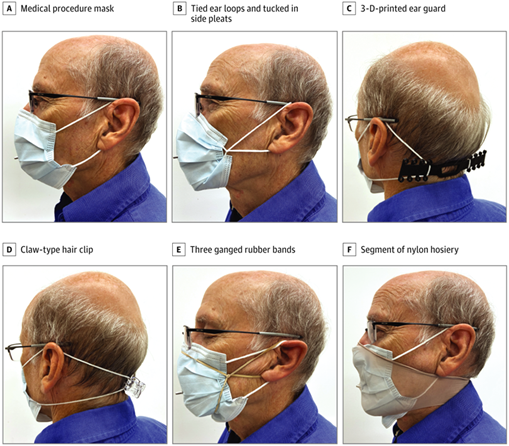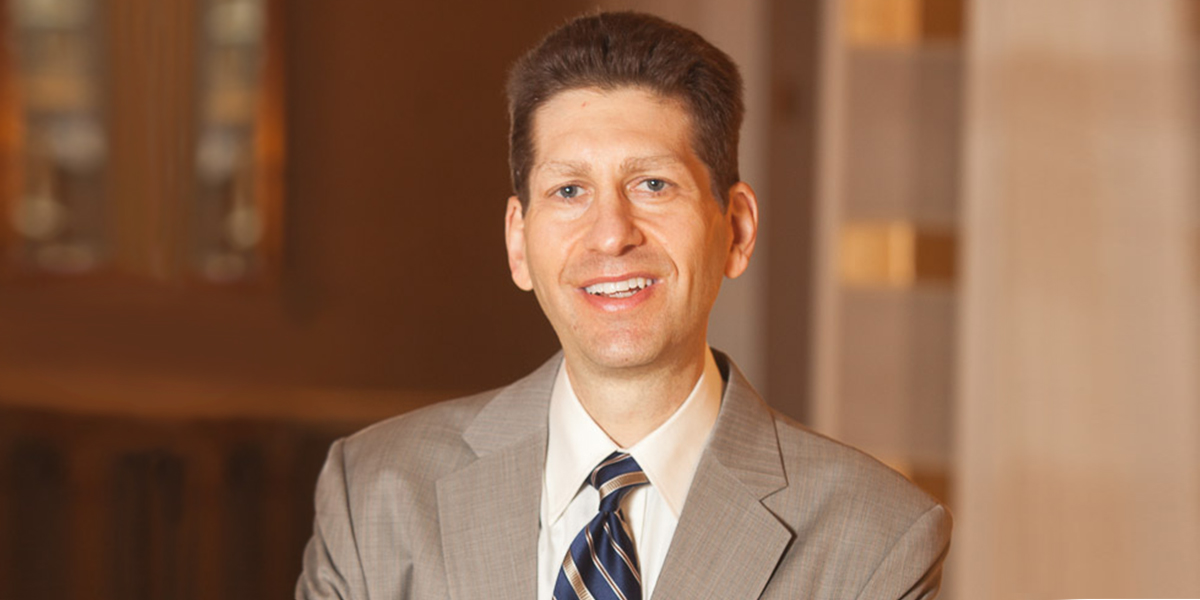“The practical effectiveness of consumer-grade masks available to the public is, in many cases, comparable with or better than their non-N95 respirator medical mask counterparts.”
The above surprised me. I wanted to pass along the results of the study behind this quote because the outcomes are not only relevant to us and the advice we give our friends and family, but they also impact how we protect ourselves in the hospital.
The study looked at the fitted filtration efficiency (FFE) of assorted masks. As you could surmise, the FFE translates to keeping COVID outside of your airway if you don’t have it and keeping it in if you do. If you look at the TABLE, note a 3M N95 has an FFE of 98% — our gold standard.
Now, look at the figures below. Consumer masks of various sorts are on top, and the medical mask with various hacks to boost effectiveness is below (cell A is the approach I see most often on staff):


If you want to confound yourself, click and read the FFEs of the various designs and approaches to wearing them. Hint. You will be disappointed in the performance of a plain vanilla grade standard-issue hospital mask.
The study was done under experimental conditions with one face, but nonetheless, unless someone’s anatomy varies from “average,” I think there are good rules of thumb to take home here. It changed my thinking, and I thought the results were worth sharing.



Leave A Comment